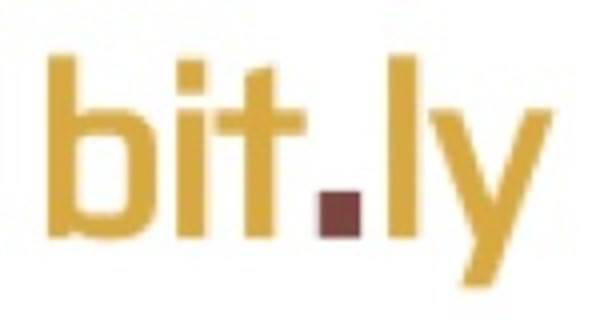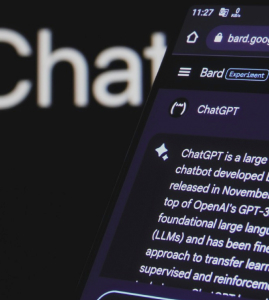URL shorteners like TinyURL are a wildly popular way to share long links over email, IM, microblogging and other contexts. The millions of shortcuts that have been created through such services represent a huge opportunity to capture interesting data – but to date those opportunities have all just gone down the drain.

Bit.ly, a new URL shortening service from the innovation network Betaworks, is launching today with a staggering feature set for both end users and forward-looking developers.
We’ve been waiting for a more intelligent URL shortening service to hit the market but even in our most ambitious visions we haven’t seen something like this coming. We hope you’ll use it – the more we all do, the more everyone will benefit.
What Bit.ly Does Today
At launch Bit.ly is a relatively sophisticated URL shortener. It uses a cookie to remember the last 15 links you’ve shortened and displays that history on the home page when you visit. It allows you to set up a custom URL ending for your link. It automatically creates 3 thumbnails for every page you save a link to.

How about these features, though? Bit.ly saves a cached copy forever of every page you shorten a link to, on Amazon’s S3 storage (processing is done on EC2, as well, so uptime looks good). Bit.ly also tracks clickthrough numbers and referrers so you can see what kind of traffic your shortcut got and from where. There’s a simple API for adding Bit.ly functionality to any other web app (Betaworks affiliated gaming site ImInLikeWithYou already has this live) and all the data, including traffic data and thumbnails, is easily accessible by XML and JSON feeds.
Those are some pretty awesome features but that’s only the beginning. A javascript submission bookmarklet and user accounts should be available soon. (Update: Bit.ly just added a simple bookmarklet that will make it easier to use casually.)
The Future of Bit.ly: Semantic and Geo Spatial Analysis
In the background, Bit.ly is analyzing all of the pages that its users create shortcuts to using the Open Calais semantic analysis API from Reuters! Calais is something we’ve written about extensively here. Bit.ly will use Calais to determine the general category and specific subjects of all the pages its users create shortcuts to. That information will be freely available to the developer community using XML and JSON APIs as well.
As if that’s not a whole lot of awesome already – Bit.ly is also using the MetaCarta GeoParsing API to draw geolocation data out of all the web pages it collects.
You want to see all the web pages related to the US Presidential election, Barack Obama and Asheville, North Carolina? Or about Technology, Google and The Dalles, Oregon? That will be what Bit.ly delivers if it can build up a substantial database of pages. Once it does, it will open that data up to other developers as well.
Why use a URL shortener to catalog all those pages? Why not? Each shortcut signals a page that’s of importance to a real human user and an army of link-senders sounds like a great way to build up that database. Semantic indexing of the web through casual but opt-in and common user activity is a great strategy.
Then we can all share access to that data. We’re excited and we hope you’ll put Bit.ly to use.

















